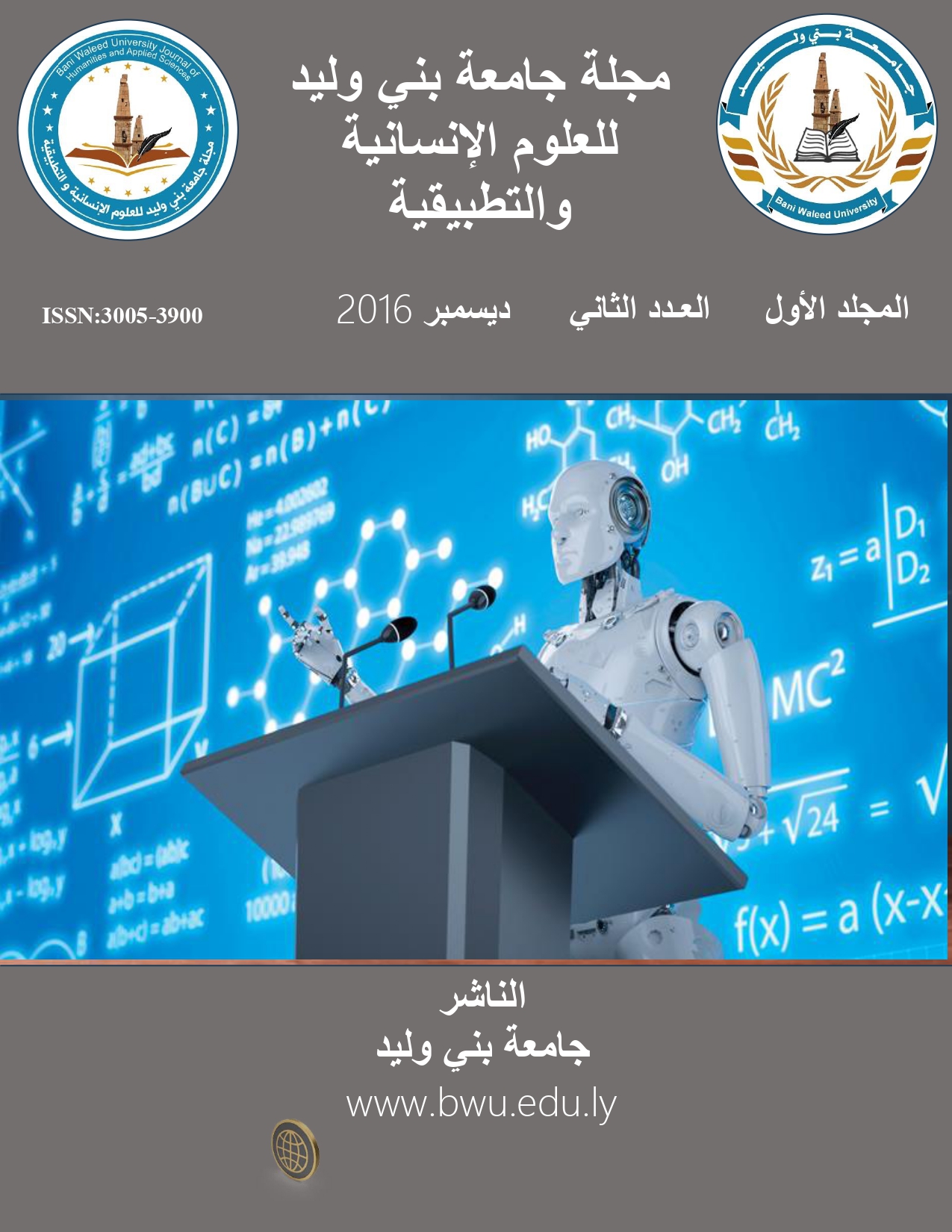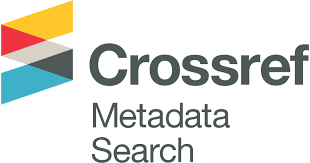Pedagogical Philosophy (No One Should Left Behind)by
DOI:
https://doi.org/10.58916/jhas.v1i2.441Keywords:
Pedagogical Philosophy, No One Should Left BehindAbstract
A fundamental element in the growing interest in pedagogy was a shift in government focus in education in England. As well as seeking to control classroom activity via the curriculum there was a movement to increase the monitoring of classroom activity via regular scrutiny.
Pedagogy is the stuff of teachers’ daily lives. Put simply it’s about teaching. But we take a broad view of teaching as a complex activity, which encompasses more than just ‘delivering’ education. Another way to explain it is by referring to:
- the art of teaching – the responsive, creative, intuitive part
- the craft of teaching – skills and practice
- the science of teaching – research-informed decision making and the theoretical underpinning.
The classroom is more than simply a place. It is an environment that
teachers and students create. When the atmosphere is warm, inclusive
and inviting, students are more likely to feel safe and comfortable
When they enter the classroom and sense a foundation of recognition
and respect—cultural continuity—Aboriginal students feel better able
to participate in classroom learning activities, take more ownership for
their own learning, and face and overcome challenges that may lie
ahead.
The first stage of creating a learning community is to develop a
sense of acceptance within the classroom. We have stories,
laughter, quiet times of caring and all of the cooperative hard
work that helps a community to survive .
Giving feedback is one of the key roles that teachers play in the
classroom. This is an important role and the way the teacher handles it can have a strong influence on the learners’ experience. In particular, the way teachers respond to learners can have a powerful impact on learners’ attitudes towards the subject.
Assessment and evaluation are essential components of teaching and
learning in English language arts. Without an effective evaluation
program it is impossible to know whether students have learned,
whether teaching has been effective, or how best to address student
learning needs. The quality of the assessment and evaluation in the
educational process has a profound and well-established link to student
performance.
Motivation has been widely accepted by both teachers and students as one of the key factors that influence the rate and success of foreign language (FL) learning. Motivation provides the primary impetus to initiate learning the FL and later the driving force to sustain the long and often tedious learning process; indeed, all the other factors involved in FL learning presuppose motivation to some extent.
of language as a system and of the role of the components of Already teaching English needs a flexible and widely recognized qualification suitable for first language and non-first language learners
of English working in primary, secondary and adult contexts.
It can help teachers develop teaching and better career opportunities.
Teachers must have a working knowledge and understanding language and speech, specifically sounds, grammar, meaning, coherence, communicative strategies, and social conventions.
Teachers must be able to draw explicit attention to the type of language and its use in classroom settings, which is essential to first and second language learning. The recognition of language variation and dialectical differences and how these relate to learning is also necessary.
Downloads
References
Alvermann, D & Phelps, S in Richard-Amato, P.A. & Snow, M.A., (Eds.). (2005). Academic success for English language learners: Strategies for k-12 mainstream teachers. New York: Longman.
Baker, C. (2004). Cognitive Theories of Bilingualism and the Curriculum. In C. Baker, Foundations of bilingual education and bilingualism (pp.167-186). Clevedon, UK: Multilingual Matters.
Barth, R. S., & Guest, L. L. (1991). Improving Schools From Within: Teachers, Parents, and Principals can Make the Difference. Jossey-Bass.
Lemons,R. W., Garnier, J., Helsing, D., et al., (2006). Change leadership: A practical guide to transforming our schools (pp. 23-50). San Francisco, CA: Jossey-Bass Education.
Cummins, J. (1996) Negotiating Identities: Education forEmpowerment in a diverse society. Los Angeles, CA: California Association for Bilingual Education.
Echevarria, J. & Graves, A. (2007). Sheltered Content Instruction: Teaching English language learners with diverse abilities (2nd Ed.). Needham Heights, MA: Allyn & Bacon.
Gottlieb, M. (2006) Assessing English Language Learners. Corwin Press.
Harmer, J. ( 2007). The practice of English language Teaching (4th Ed.). Pearson Longman.
Herrell, A., & Jordan, M. (2008). 50 Strategies for Teaching English Language Learners (3rd ed.). Upper Saddle River, NJ: Pearson Education.
Ligh tbown, P. M. & Spada, H. 2006. How languages are learned (Third edition). New York: Oxford University Press.
Lynch, S., & Warner, L.. (2008). Creating Lesson Plans for All Learners. Kappa Delta Pi Record, 45(1), 10-15. Retrieved April 6, 2011, from Pro Quest Education Journals. (Document ID: 1569865801).
Mann, M.T.P. (1868). Life and Works of Horace Mann. Volume 3. Boston: Walker, Fuller and Co.
Nieto, S. (2002). We Speak Many Tongues: Language Diversity and Multicultural Education. In Richard-Amato, P.A. & Snow, M.A., (Eds.). (2005). Academic Success for English Language Learners: Strategies for k-12 Mainstream Teachers. (pp.133-149). New York: Longman.
O’Malley, J.M. & Pierce, L.V. (1996). Authentic Assessment for English language Learners:Practical Approaches for Teachers. New York: Addison-Wesley.
Peregoy, S. F. and Boyle, O. F. (2005). Reading, writing, and learning in ESL: a resource book for K-12 teachers (4th ed.). Boston: Pearson Education, Inc. and Allyn & Bacon.
Raymond, E. (2000). Cognitive Characteristics. Learners with Mild Disabilities (pp. 169-201). Needham Heights, MA: Allyn & Bacon, A Pearson Education Company.
Richards, J.C. & Rodgers, T.S. (2007). Approaches and methods in language thinking. New York: Cambridge University Press.
Snow, C.E. & Wong-Fillmore, L. (2005). What Teachers Need to Know About Language. Special Report. ERIC Clearinghouse on Languages and Linguistics.
Sumerset, L. (2009) Language learning – an ongoing process. Retrieved July, 21, 2010 from, http://ezinearticles.com/?Language-Learning---An-Ongoing-Process&id=2646135
Vogt, M.J., & Echevarria, J. (2008). 99 Ideas and Activities for Teaching English Learners with the SIOP Model. Allyn & Bacon.
Walqui, A. (2000). Who are Our Students. In Richard-Amato, P.A. & Snow, M.A., (Eds.). (2005). Academic Success for English Language Learners: Strategies for k-12Mainstream teachers. (pp.7-21). New York: Longman.















